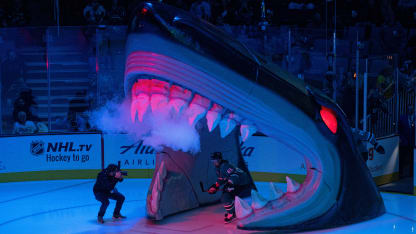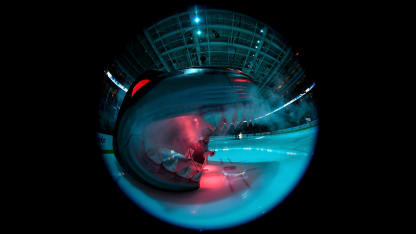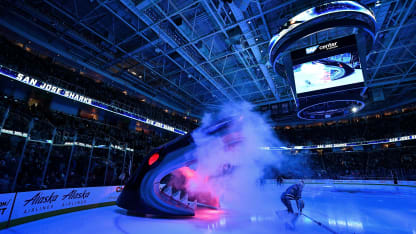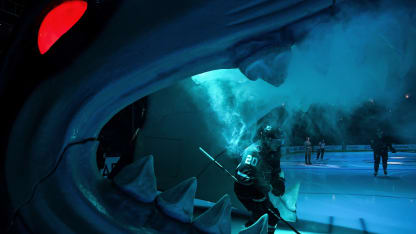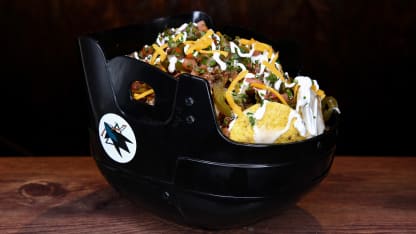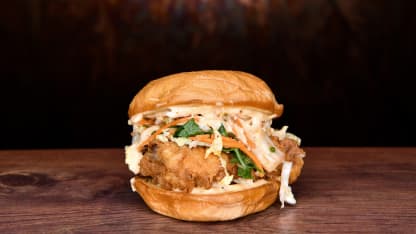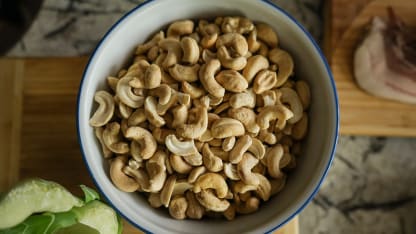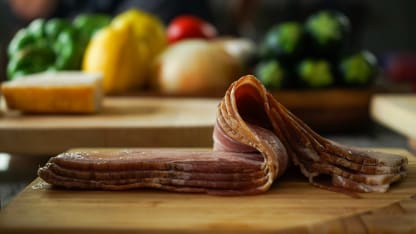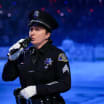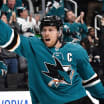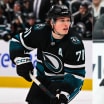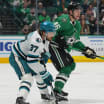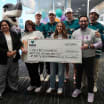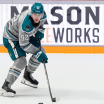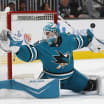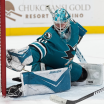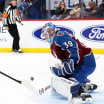Shot with 24-70mm lens. Shutter speed 1/40, f3.5, ISO 100
NOTE:With the first food images I was able to use a higher shutter speed since I was using some lighting gear that provided a ton of light. I had my aperture at f10 so most of the helmet nachos chicken sandwich would be in focus. As you can see, the photos from the kitchen were shot at shutter speed 1/40. If you are going to shoot this low you need to have a very steady hand otherwise the image will be blurry. I decided to go with this low shutter speed so I could put my ISO down to 100 and provide the least amount of grain to make sure the image was sharp. I also went with a wider aperture so there would be a greater depth of field and separate the bacon from the veggies in the background. Feel free to play with your settings to find the look you like best.
Hope these photography tips were helpful! Now it's time to answer some questions from our fans that reached out last week:
From @daisiaskata: how did you get to be a photographer for the team? if you went to college what did you major in? What steps can I take to maybe be in your position one day?
The job popped up on my LinkedIn while I was watching TV on my couch, so I applied for it and got the job about three months later. Prior to that, I was working for the UFC as a staff photographer and before that was a freelancer covering sporting events.
I actually majored in Environmental Sciences with a minor in Business and planned to go to law school to pursue Environmental Law. As my final year of college approached, I realized it wasn't what I wanted to do.
I always loved photography and had been practicing since high school, so decided to try my luck at it.
I got connected with a sports photographer in San Diego and a week after I graduated, I packed up all my stuff and moved down there to be his assistant.
My parents were not too thrilled about the idea initially since that wasn't what I went to school for, but I was passionate about it and worked my butt off.
I spent my days assisting and working photoshoots/games while bartending at night so I could make some extra money for camera gear. It was stressful at times not knowing if I made the right choice, but I loved every moment of it, and it paid off.
My biggest piece of advice would be to shoot as much as you can and build your portfolio. Reach out to any and every photographer you can and ask to assist them or just ask them questions on how they created a photo you like. Most people in the industry are pretty nice and are willing to respond.
From @b3cktastic: What kind of lens do you like to mainly use for Sharks games? Do you find that there is enough light for low ISO and high shutter speeds?
For Sharks games I usually use my 70-200mm and 14-24mm lenses. From time to time I'll also use the 80-400mm so I can get closer when the action is on the other end of the ice. SAP Center installed new LED lights a few years ago which provide great light inside the arena. I usually have my ISO around 1600-2500 and my shutter speed no lower than 1/1250 so I can freeze all the action.
From @liddokiwimiggy: What projects do you take on during the offseason? do you have a different style of work?
Besides shooting Sharks games, I also photograph other events that come to SAP Center like concerts, WWE, motivational speakers, etc. So even when hockey season is over there are still things to shoot, which can be nice to mix things up.
On top of that, this is the time where I can focus on big projects to prepare me for next season such as budget, archiving and keywording all the photos for internal use, and making plans for what we will photograph for our media day.
Media day is pretty big since this is one of our only opportunities to take portraits of all our players that will be used for that season's campaign.
I try to pick up some freelance work as well if my schedule allows and there are no conflicts. This way I can stay sharp and continue to shoot and learn. So, while it is technically "offseason", there is still a lot of work to be done.
